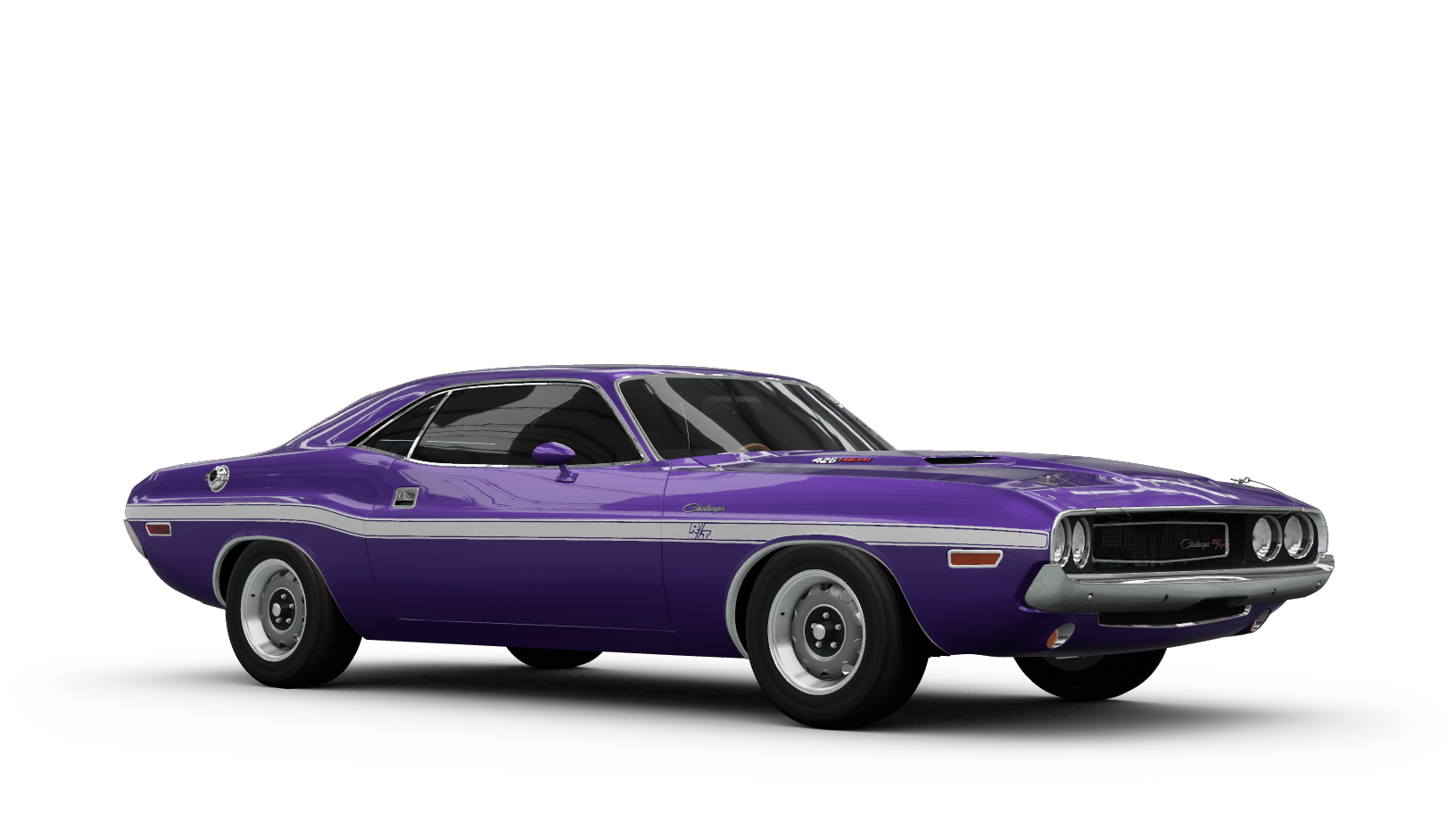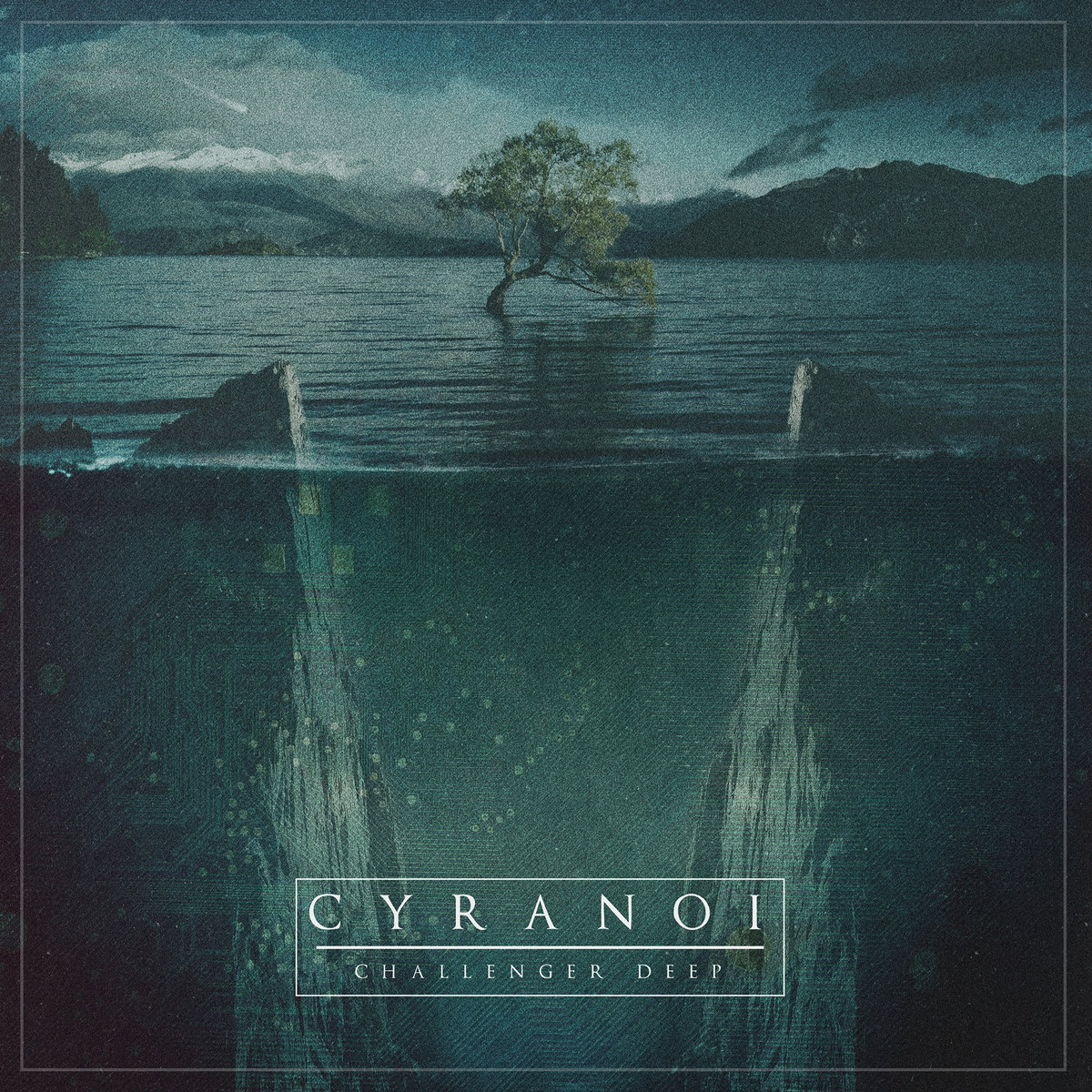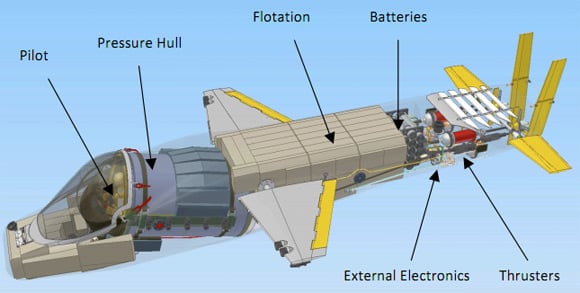

Nine tons of magnetic iron pellets were placed on the craft as ballast, both to speed the descent and allow ascent, since the extreme water pressures would not have permitted compressed air ballast-expulsion tanks to be used at great depths.


Outside illumination for the craft was provided by quartz arc-light bulbs, which proved to be able to withstand the over 1000 atmospheres of pressure without any modification. Observation of the sea outside the craft was conducted directly by eye, via a single, very tapered, cone-shaped block of acrylic glass (Plexiglas), the only transparent substance identified which would withstand the pressures needed, at the design hull thickness. Gasoline (petrol) was chosen as the float fluid because it is less dense than water, incompressible even at extreme pressure, thus retaining its buoyant properties and negating the need for thick, heavy walls for the float chamber. The float was necessary because of the sphere's density: it was not possible to design a sphere large enough to hold a person that would withstand the necessary pressures, yet also have metal walls thin enough for the sphere to be neutrally buoyant. The sphere weighed 13 metric tons in air and eight metric tons in water (giving it an average specific gravity of 13/(13-8) = 2.6 times that of sea water). To withstand the great pressure of 1.25 metric tons per cm² (110 MPa) at the bottom of Challenger Deep, the sphere's walls were 12.7 centimetres (5.0 in) thick (it was overdesigned to withstand considerably more than the rated pressure). The Trieste was later fitted with a new pressure sphere, manufactured by the Krupp Steel Works of Essen, Germany, in three finely-machined sections (an equatorial ring and two caps). It provided completely independent life support, with a closed-circuit rebreather system similar to that used in modern spacecraft and spacesuits: oxygen was provided from pressure cylinders, and carbon dioxide was scrubbed from breathing air by being passed through canisters of soda-lime. In the Trieste the pressure sphere provided just enough room for two people. The crew occupied the 2.16 m (7.09 ft) pressure sphere, attached to the underside of the float and accessed from the deck of the vessel by a vertical shaft that penetrated the float and continued down to the sphere hatch.
Challenger deep wiki series#
The majority of this was a series of floats filled with 85,000 litres (22,000 US gal) of gasoline, and water ballast tanks were included at either end of the vessel, as well as releasable iron ballast in two conical hoppers along the bottom, fore and aft of the crew sphere. After several years of operation in the Mediterranean Sea, the Trieste was purchased by the United States Navy in 1958 for $250,000.Īt the time of Project Nekton, the Trieste was more than 15 m (50 ft) long. The design was based on previous experience with the bathyscaphe FNRS-2, also designed by the Piccards.

The Trieste was launched on 26 August 1953 into the Mediterranean Sea near the Isle of Capri. The installation of the pressure sphere was done in the Cantiere navale di Castellammare di Stabia, near Naples.
Challenger deep wiki free#
His pressure sphere, composed of two sections, was built by the company Acciaierie Terni, and the upper part was manufactured by the company Cantieri Riuniti dell'Adriatico, in the Free Territory of Trieste (on the border between Italy and Yugoslavia) hence that name was chosen for the bathyscaphe. The Trieste was designed by the Swiss scientist Auguste Piccard and built originally in This configuration (dubbed a bathyscaphe by the Piccards) allowed for a free dive, rather than the previous bathysphere designs in which a sphere was lowered to depth and raised from a ship by cable. The Trieste consisted of a float chamber filled with gasoline for buoyancy, with a separate pressure sphere to hold the crew. Trieste was the first manned vessel to have reached the bottom of Challenger Deep. Navy Lieutenant Don Walsh achieving the goal of Project Nekton. Swiss-designed, Italian-built deep-diving research bathyscaphe ("deep boat") with a crew of two, which reached a record maximum depth of about 10,911 metres (35,797 ft), in the deepest known part of the Earth's oceans, the Challenger Deep, in the Mariana Trench near Guam, on 23 January 1960, crewed by Jacques Piccard (son of the boat's designer Auguste Piccard) and U.S.


 0 kommentar(er)
0 kommentar(er)
